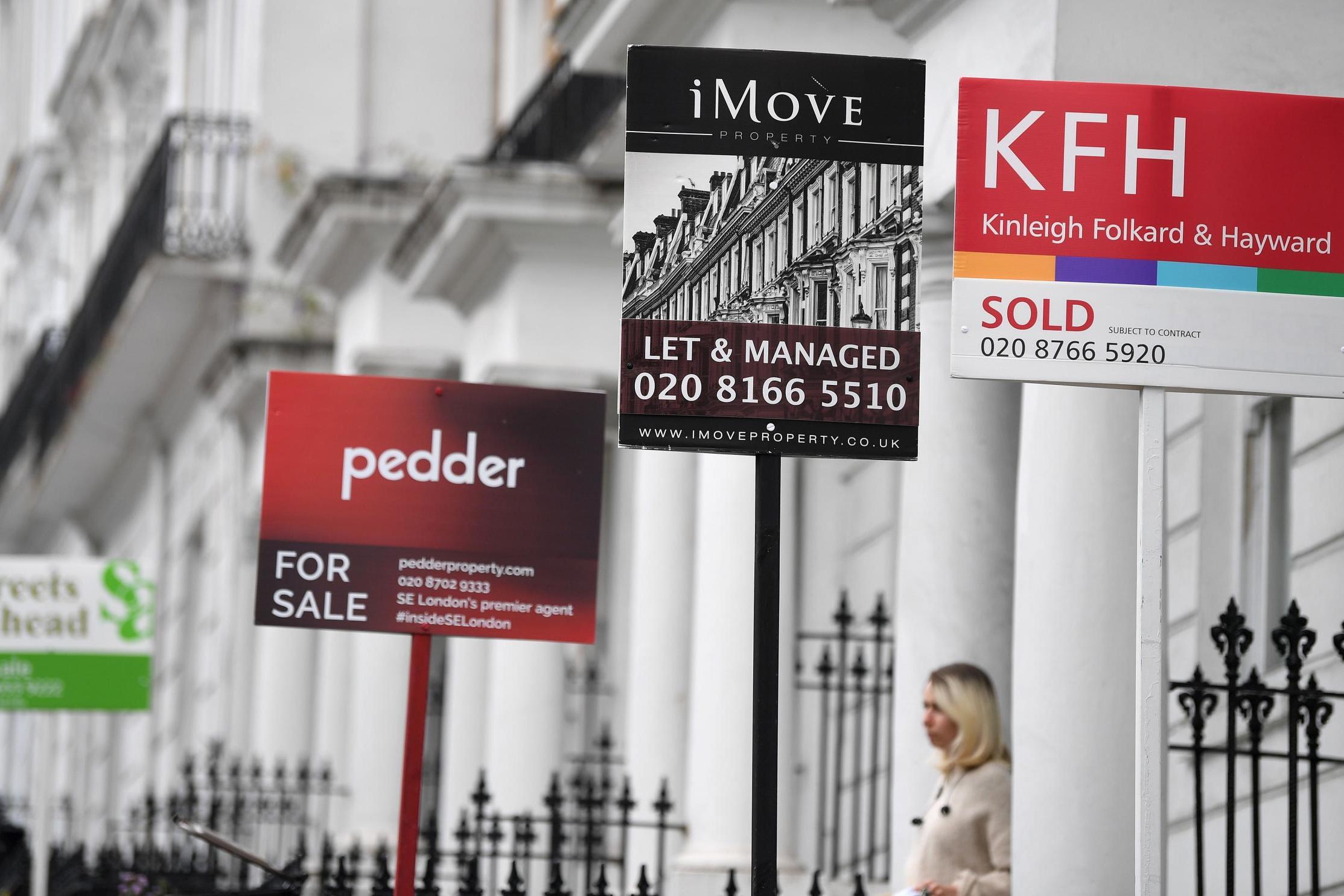What is the thinking behind the stamp duty cut?
MPs are expected to vote today to abolish the tax on the purchase of homes worth less than £500,000 – but will it be a boost for buyers, asks John Rentoul


The House of Commons will vote today on the Stamp Duty Land Tax (Temporary Relief) Bill, which will abolish the tax on the purchase of homes worth less than £500,000 until the end of March.
This was one of the measures announced by Rishi Sunak in his mini-Budget last week, designed to get the economy moving again. The chancellor said that “uncertainty abounds” in the housing market, and: “We need people feeling confident – confident to buy, sell, renovate, move and improve. That will drive growth. That will create jobs.”
Will it work? The good news is that we have a good idea of the effect of a temporary stamp duty cut, because Alistair Darling, the Labour chancellor, did it in the pre-election budget in 2010. His was a more modest cut, raising the threshold from £125,000 to £250,000, and only for first-time buyers. But it was a real-world experiment that allowed HM Revenue and Customs to carry out a study.
It concluded that the cut pushed up prices so that buyers ended up paying more or less the same as before, and most of the benefit of the cut ended up in the pockets of sellers. It found that most of those who bought a property would have done so anyway, and that the cut encouraged between zero and 2 per cent more sales than there would have been without it.
In other words, the effects were small and mostly failed to benefit the first-time buyers at whom the measure was aimed. That does not mean that Sunak’s cut is a terrible idea, as its objective is rather wider, and his is a bigger cut that applies to all transactions. He is not intending to help buyers, whether first-time or not, but to deliver a boost to the entire housing market.
It may also be that the timing of this cut is more effective, coming so soon after the economic shock of the lockdown, because part of the rationale for it is psychological – trying to engender confidence, to get people buying and selling again.
The chancellor’s hope is that this will also have knock-on effects in furnishings, and in building and decorating work – and that it will encourage people to move for work. These are all reasons stamp duty is a bad tax: it suppresses the economic activity associated with moving house, and it stifles labour mobility.
However, Labour is entitled to point out that the biggest direct beneficiaries of the tax cut are the owners of more expensive houses, especially in London and the southeast, and including the owners of second homes and landlords. While the average cut in stamp duty is estimated by the Treasury to be worth £4,500 (so the price of an average house is likely to rise by most of that amount), the saving increases as the price of the house increases, up to the new threshold of half a million pounds: on the sale of all houses worth more than this amount, the saving is still £15,000.
If the stamp duty cut does help get the housing market moving again, there will also be many people in low-paid jobs (such as in building and decorating) who will benefit – but handing a £15,000 bonus to the sellers of expensive houses does seem a roundabout way of achieving the goal.
And one thing it does do is strengthen the case in the longer term for higher council tax or an annual property tax on more expensive homes.
Join our commenting forum
Join thought-provoking conversations, follow other Independent readers and see their replies
Comments